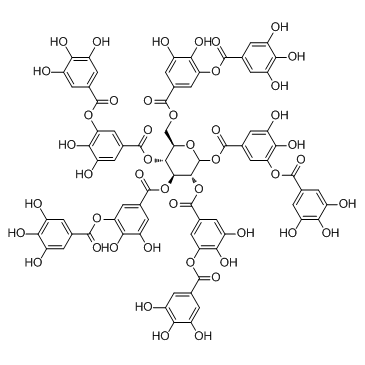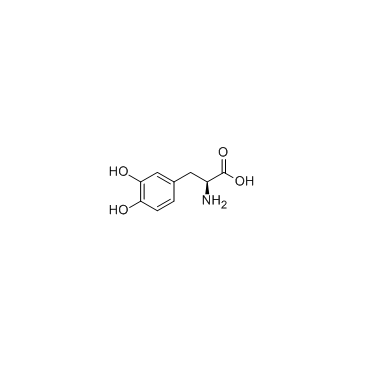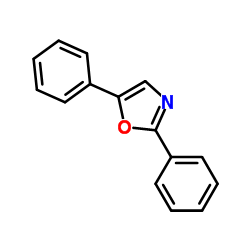| Structure | Name/CAS No. | Articles |
|---|---|---|
 |
Tannic acid
CAS:1401-55-4 |
|
 |
Ethanol
CAS:64-17-5 |
|
 |
Levodopa
CAS:59-92-7 |
|
 |
2,5-Diphenyloxazole
CAS:92-71-7 |